Villard Ave. Salutes City’s Transit History
So does Aldrich St. But these were two wildly different transportation companies.
Arthur Aldrich and Henry Villard both have Milwaukee streets named for them. They were also in the same business – transportation. But they were poles apart in their approaches to providing the public with ways to get around town and had vastly different levels of success.
Arthur Aldrich, the son of New Englanders, was born in Detroit in 1831, and in 1836 his family was among the earliest Yankee settlers to arrive in Milwaukee. As an adult he worked at quite a few jobs, none of them for very long. He was a fireman for a while, then ran a vegetable stand for a short time and subsequently operated a meat market on Mason Street. He was a gardener, a bar owner, a cattle broker, and a postal agent as well as the owner of an erratic bus service.
It was called Aldrich’s Omnibus Line, and was a horse-drawn bus service between Bay View and Downtown in the mid-1870s. His route, when he showed up, was from the Kinnickinnic River to the city’s center and back. His customers complained of being stranded Downtown when Aldrich decided to go home before the agreed upon time. Aldrich said if his customers didn’t like his service, they shouldn’t use it. So they didn’t, and before too long he was driven out of business by a punctual competitor.
After that failure Aldrich served as a deputy sheriff until his retirement. Over the years (he lived in Milwaukee for more than six decades), Aldrich made the newspapers when he shot a man in a bar fight on Broadway. He was not charged. Another time, he was charged and fined $100 for gambling, and when he assaulted a Third Ward man he was fined $25. Aldrich Street, a short residential street near his home and the south end of his short-lived bus route (it runs between Bay St. and E. Lincoln Ave.) was named in 1876 when he subdivided his land. Aldrich died in 1906 and is buried in Forest Home Cemetery.
About the time that the Aldrich family was settling in Milwaukee, Ferdinand Heinrich Gustav Hilgard was born in Bavaria, Germany. As a teenager he left Germany due to differences of opinion with his father over his upbringing. After arriving in the United States he changed his name to Henry Villard to avoid being found by his wealthy father.
Villard never lived in Milwaukee but he came here from Chicago at the age of 21 to sell books of American literature to the city’s German citizens. But the deck was stacked against Villard. Many immigrants from his homeland were more interested in German literature than American and most of them could not speak English, much less read it. Villard left town after three weeks with his expenses exceeding his sales. He later gained fame as a Civil War correspondent for Eastern newspapers and followed that with a career as a financier, and owned railroads and street railways throughout the country.
When Villard purchased five Milwaukee electric utilities and streetcar companies in the late 1880s he created a virtual monopoly which was the forerunner of today’s We Energies. His streetcar lines were much more customer service oriented than Aldrich’s failed line and were much more successful. Over time, horses were retired and replaced by electric motors. New routes were added and others were improved. In addition, the merging of the streetcar systems provided a transportation network that allowed Milwaukeeans to travel from one side of the city to the other without paying multiple fares.
In 1892 Henry Clay Payne, Vice President of the Milwaukee Street Railway, named Villard Avenue, an east-west arterial on the north side, after his boss. Villard, also the founder of the General Electric Company, died in 1900 and is buried in Sleepy Hollow, New York.
Along Villard Avenue
Along Aldrich Street
Carl Baehr, a Milwaukee native, is the author of Milwaukee Streets: The Stories Behind their Names, and articles on local history topics. He has done extensive historic research for his upcoming book, Dreams and Disasters: A History of the Irish in Milwaukee. Baehr, a professional genealogist and historical researcher, gives talks on these subjects and on researching Catholic sacramental record
City Streets
-
Revised Milwaukee Streets Book Dishes the Dirt
 Nov 3rd, 2025 by Michael Horne
Nov 3rd, 2025 by Michael Horne
-
The Curious History of Cathedral Square
 Sep 7th, 2021 by Carl Baehr
Sep 7th, 2021 by Carl Baehr
-
Gordon Place is Rich with Milwaukee History
 May 25th, 2021 by Carl Baehr
May 25th, 2021 by Carl Baehr


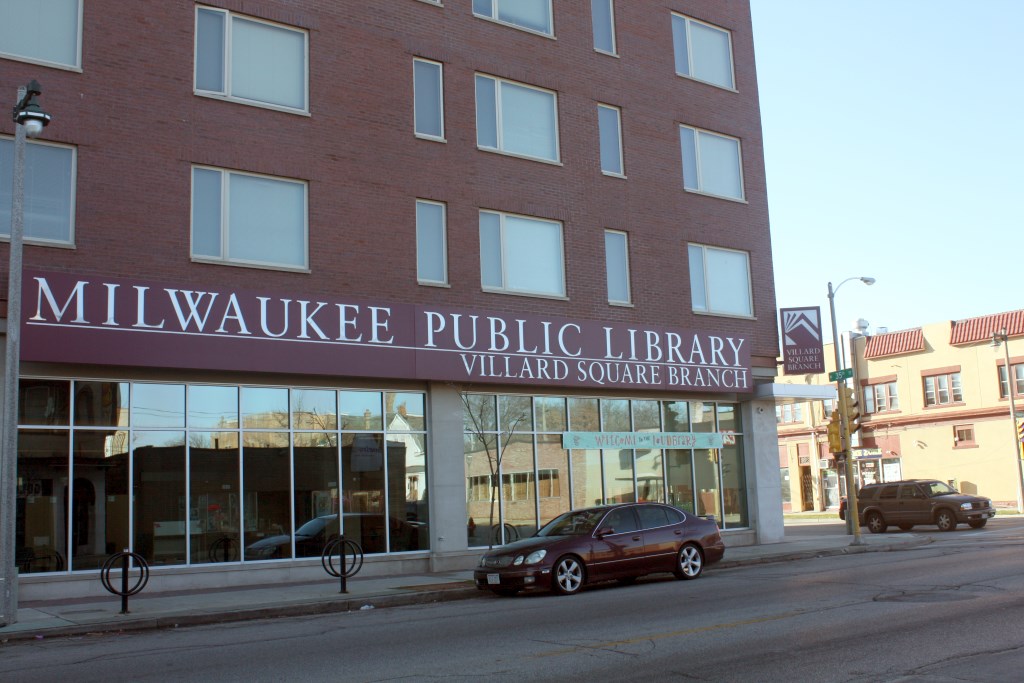
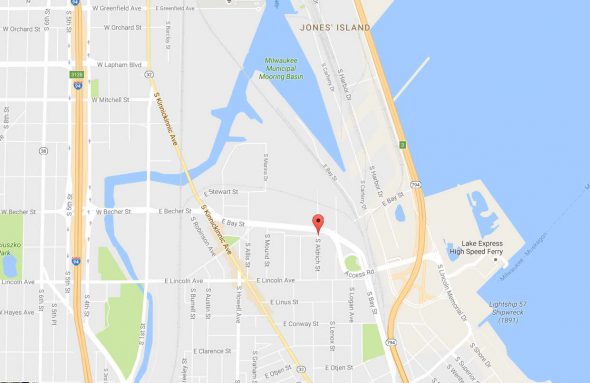
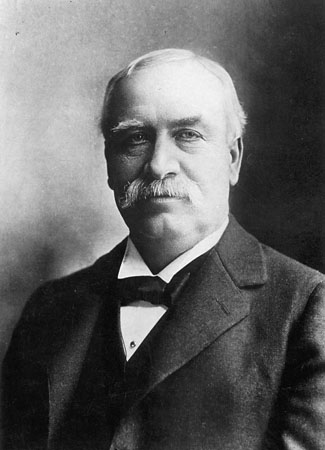
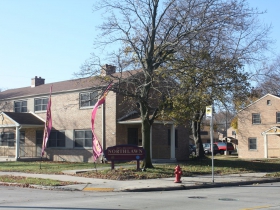
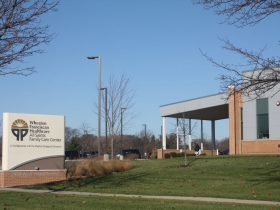
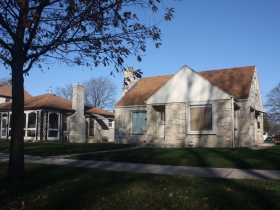
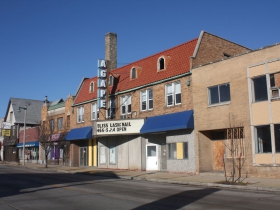
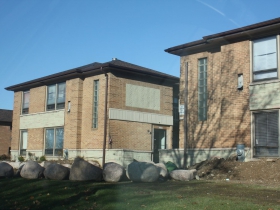
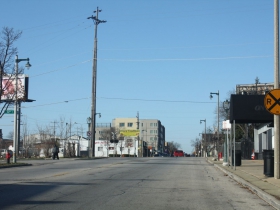
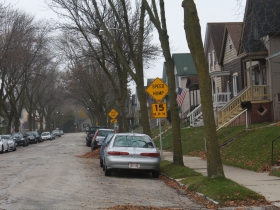
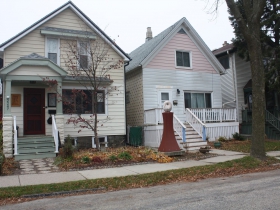
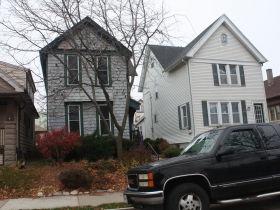
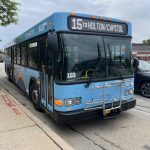

















Thank you for another grand history of Milwaukee article. I enjoy everyone of your writings. I joined
Historic Milwaukee in its second year of existence and have given many miles of tours. Your book on Street
Names is a favorite.
Ive always wondered about the names of some of the north side’s section roads. Wauwatosa Rd and Granville Rd are obvious but Wausaukee and Swan??? Ghosttown amd old farm?
Casey,
The following are entries from my book.
WAUSAUKEE ROAD
Washington-Ozaukee County border
This name is apparently a misspelling of a contraction of WAShington and OzAUKEE, the two counties it separates. It is spelled Wasaukee in Mequon and Germantown, while Ozaukee County and Milwaukee spell it this way. The city acquired the triangle of land, which is not in Milwaukee County, when a restaurant owner there wanted police and fire protection. Milwaukee, in an expansion mode and willing to provide the protection, annexed its only land in Washington County.
SWAN ROAD, CIRCLE
9200 West, between 4800 and 5700 North
Origin: Kops Park
In 1837 Emery Swan farmed in the old town of Wauwatosa, where there were no roads and no other settlers around. He had to mark the trail between his place and the Menomonee River, his water route to Milwaukee. When he got lost in the forest around his farm, he would fire his gun, hoping he was close enough to draw a responding shot and a way home. Swan was born of English ancestry in Vienna, New York in 1801 and died in 1887. The first plat map that shows this road with the name Swan is dated 1925.
So what is your opinion on Swan Road being named for the Swan farrn where people went to get apples etc,? A person who told me that would be about 114 today.
Hugh,
When the city covered a relatively small area it was surrounded by farmland with very few roads. Some of the roads were named for local farmers, like Howard, Howell, Dean, Swan and others. This occurred either because the road led to the farm, or because when the farm was subdivided a street in the subdivision was given the former farmer’s name.
Thank you Carl for the additional info!
She said that the road led right to the farm.